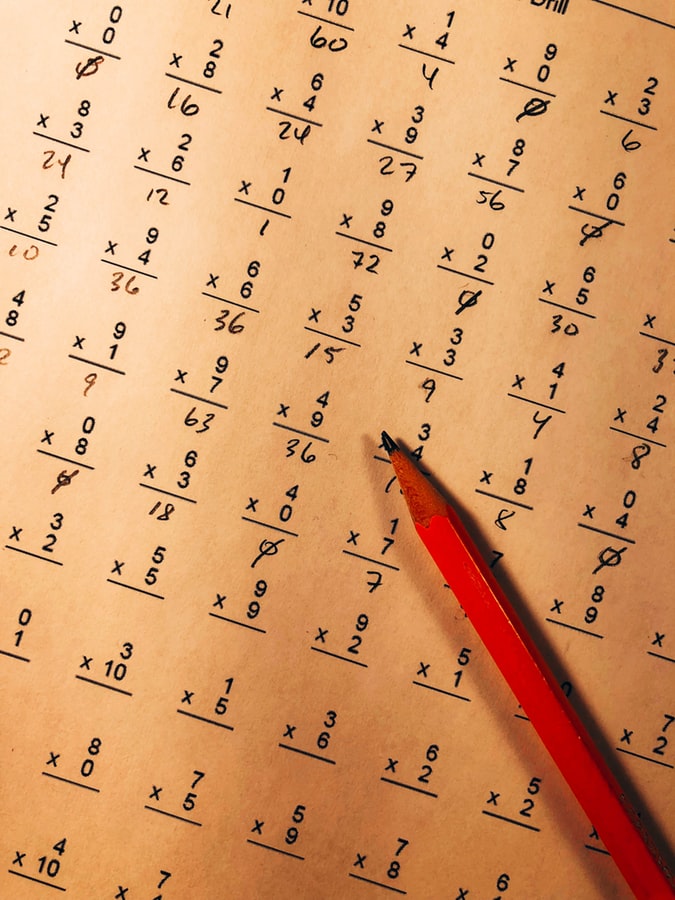Is 496 a prime number?
It is possible to find out using mathematical methods whether a given integer is a prime number or not.
For 496, the answer is: No, 496 is not a prime number.
The list of all positive divisors (i.e., the list of all integers that divide 496) is as follows: 1, 2, 4, 8, 16, 31, 62, 124, 248, 496.
For 496 to be a prime number, it would have been required that 496 has only two divisors, i.e., itself and 1.
Find out more:
As a consequence:
- 496 is a multiple of 1
- 496 is a multiple of 2
- 496 is a multiple of 4
- 496 is a multiple of 8
- 496 is a multiple of 16
- 496 is a multiple of 31
- 496 is a multiple of 62
- 496 is a multiple of 124
- 496 is a multiple of 248
For 496 to be a prime number, it would have been required that 496 has only two divisors, i.e., itself and 1.
Is 496 a deficient number?
No, 496 is not a deficient number: to be deficient, 496 should have been such that 496 is larger than the sum of its proper divisors, i.e., the divisors of 496 without 496 itself (that is 1 + 2 + 4 + 8 + 16 + 31 + 62 + 124 + 248 = 496).
